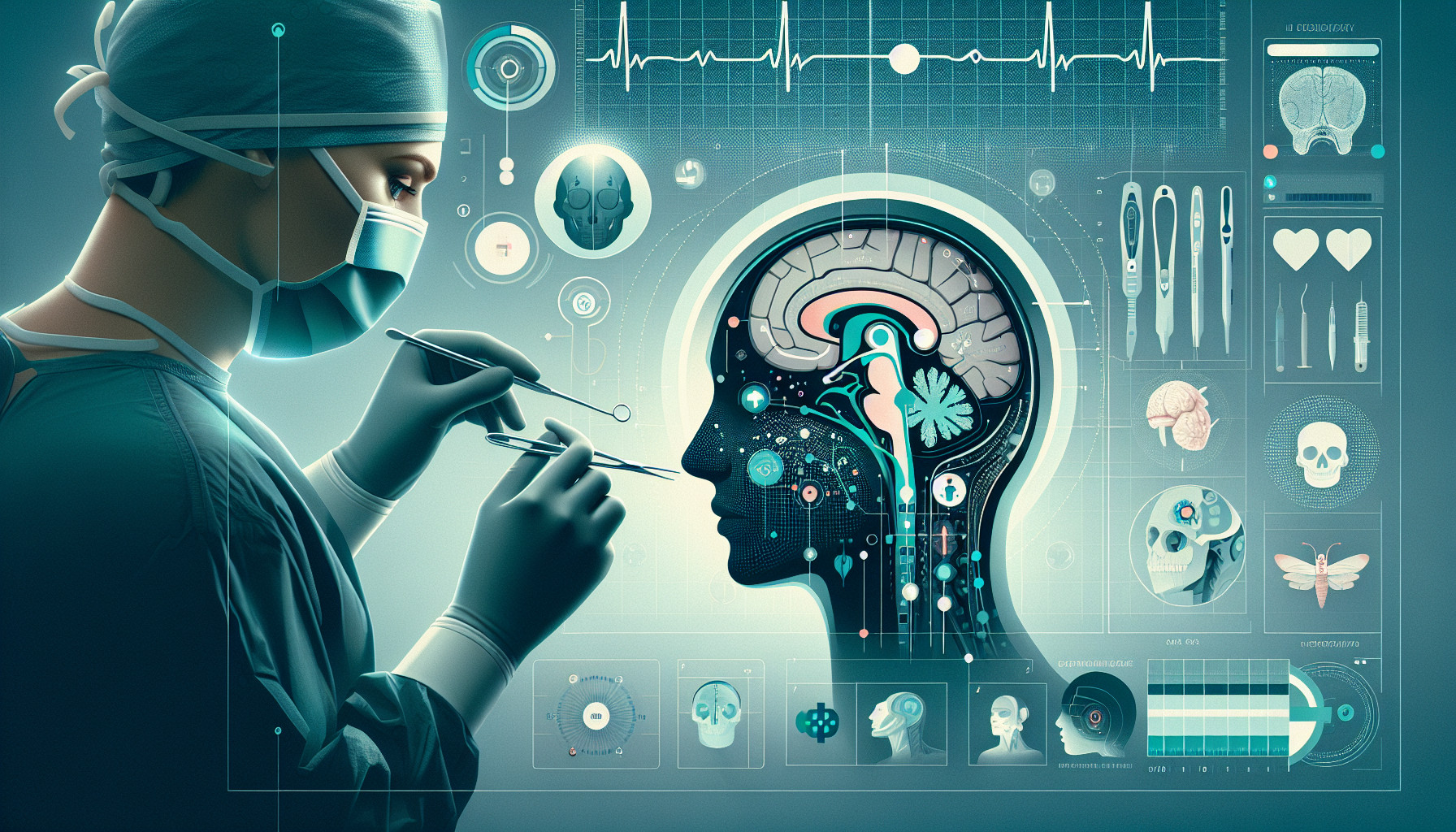Our Summary
This research paper is all about the latest developments in 3D and 4D printing technology for use in dentistry and facial surgery. These modern technologies allow dentists to create customized surgical tools, temporary and permanent dental work, braces, implants, and even mouthguards that can deliver medication. The paper reviews the different types of 3D printing technologies that are currently used in the field of dentistry. It also discusses the various materials that can be used in the printing process. The paper includes examples of how these technologies have been used successfully in dental procedures to help readers understand the advancements in dental 3D/4D printing.
FAQs
- What are the latest developments in 3D and 4D printing technology for use in dentistry and facial surgery?
- What materials can be used in the 3D printing process for dental procedures?
- Can you provide examples of how these 3D/4D printing technologies have been successfully used in dental procedures?
Doctor’s Tip
A helpful tip a doctor might tell a patient about maxillofacial surgery is to follow all pre-operative instructions carefully, including fasting before the surgery and avoiding certain medications that may interfere with the procedure. It is also important to discuss any concerns or questions with your surgeon before the surgery to ensure you are well-informed and prepared for the procedure. Additionally, following post-operative instructions, such as taking prescribed medications and attending follow-up appointments, is crucial for a successful recovery.
Suitable For
Patients who may be recommended for maxillofacial surgery include those with:
Facial trauma: Patients who have suffered facial injuries from accidents, falls, sports injuries, or other traumatic events may require maxillofacial surgery to repair fractured bones, soft tissue injuries, or other facial deformities.
Jaw malocclusion: Patients with misaligned jaws, overbites, underbites, or other orthodontic issues may benefit from maxillofacial surgery to correct their bite and improve their overall facial aesthetics.
Temporomandibular joint (TMJ) disorders: Patients with TMJ disorders, which can cause pain, clicking or popping in the jaw, difficulty chewing, and other symptoms, may require maxillofacial surgery to realign the jaw joint and alleviate their symptoms.
Sleep apnea: Patients with obstructive sleep apnea, a condition that causes breathing interruptions during sleep, may benefit from maxillofacial surgery to reposition the jaw and open up the airway to improve breathing and reduce symptoms.
Cleft lip and palate: Patients born with cleft lip and/or palate, a congenital condition that affects the development of the lip and/or roof of the mouth, may require maxillofacial surgery to repair the cleft and restore normal function and appearance.
Tumors or cysts: Patients with tumors or cysts in the jaw, mouth, or facial bones may require maxillofacial surgery to remove the abnormal growth and restore normal function and aesthetics.
Facial deformities: Patients with congenital or acquired facial deformities, such as craniofacial anomalies or facial asymmetry, may benefit from maxillofacial surgery to improve their facial appearance and function.
Timeline
Before Maxillofacial Surgery:
- Consultation with a maxillofacial surgeon to discuss treatment options and goals.
- Pre-surgical evaluations such as X-rays, CT scans, and dental impressions are taken to create a detailed treatment plan.
- Pre-operative instructions are given to the patient, including guidelines on diet, medication, and smoking cessation.
- The patient undergoes anesthesia on the day of surgery.
After Maxillofacial Surgery:
- The patient may experience pain, swelling, and bruising in the days following surgery.
- Follow-up appointments with the surgeon are scheduled to monitor healing and remove any stitches.
- The patient may be prescribed pain medication and antibiotics to manage discomfort and prevent infection.
- Gradual resumption of normal activities and a soft diet are recommended to aid in recovery.
- Long-term follow-up appointments are scheduled to monitor healing and address any complications that may arise.
What to Ask Your Doctor
What specific type of maxillofacial surgery do you recommend for my condition?
What are the potential risks and complications associated with this surgery?
What is the expected recovery time after the surgery?
Will I need to follow a special diet or take any specific medications before or after the surgery?
How many times have you performed this type of surgery, and what is your success rate?
Will I need any additional procedures or treatments after the surgery?
How will my facial appearance be affected by the surgery, and are there any potential cosmetic concerns?
Will I need to wear any special devices or appliances after the surgery, such as braces or implants?
How long will the results of the surgery last, and will I need any follow-up treatments in the future?
Are there any alternative treatment options available for my condition, and how do they compare to maxillofacial surgery in terms of effectiveness and recovery time?
Reference
Authors: Khorsandi D, Fahimipour A, Abasian P, Saber SS, Seyedi M, Ghanavati S, Ahmad A, De Stephanis AA, Taghavinezhaddilami F, Leonova A, Mohammadinejad R, Shabani M, Mazzolai B, Mattoli V, Tay FR, Makvandi P. Journal: Acta Biomater. 2021 Mar 1;122:26-49. doi: 10.1016/j.actbio.2020.12.044. Epub 2020 Dec 26. PMID: 33359299
